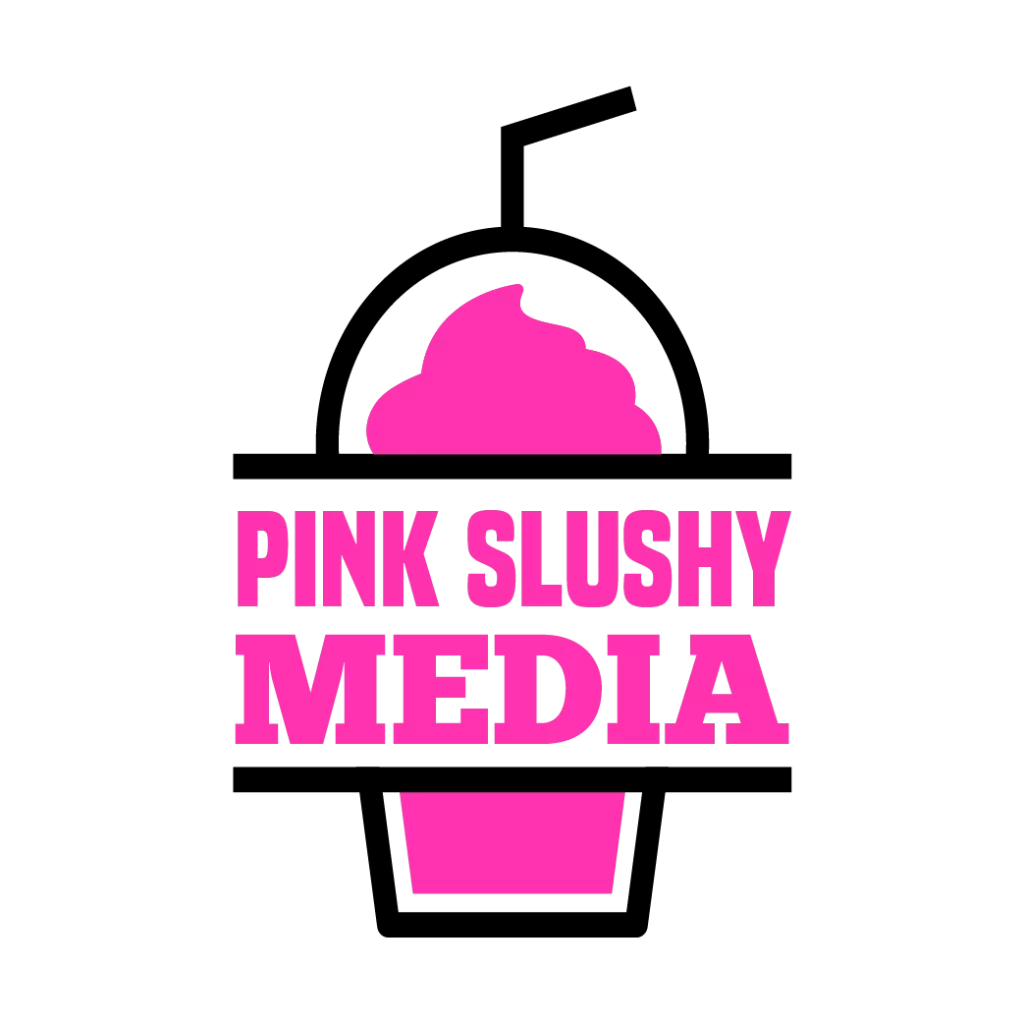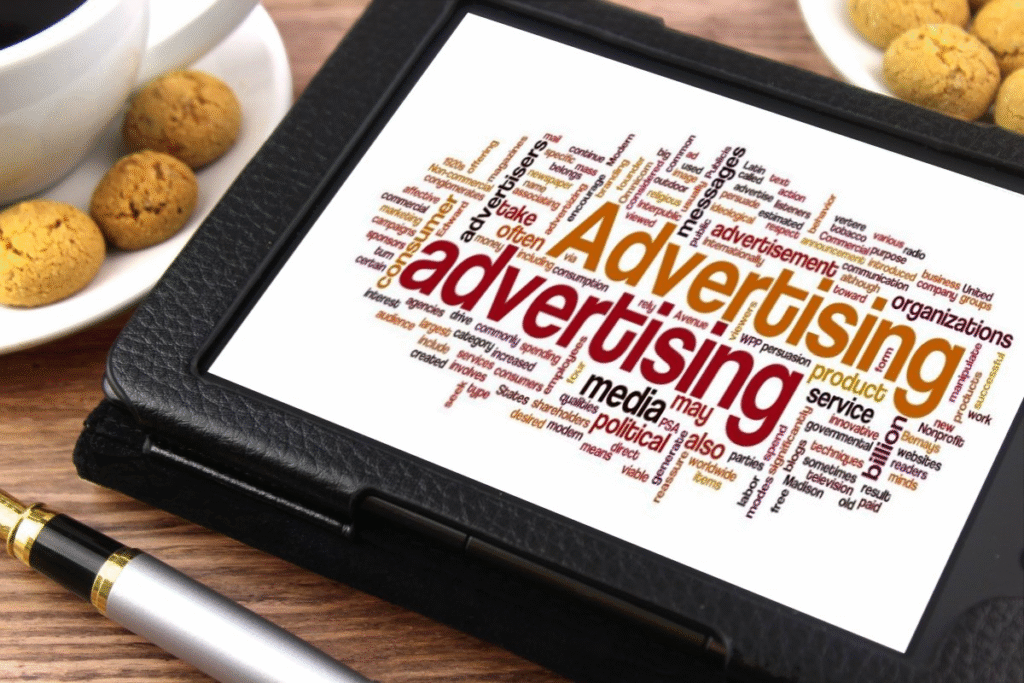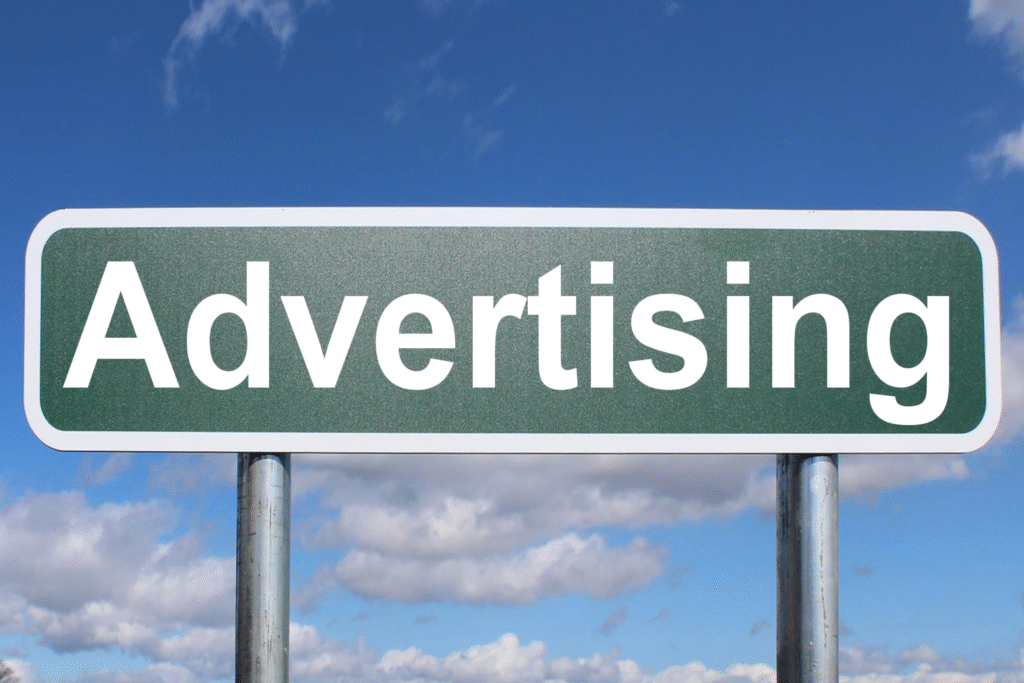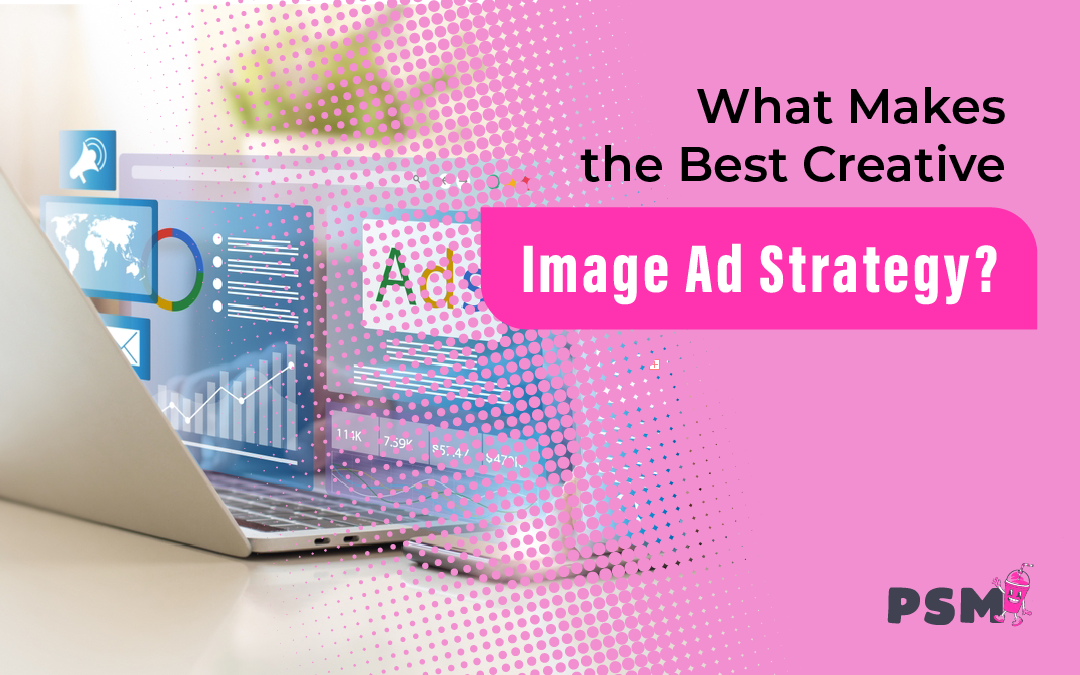Tired of ads that just don’t grab attention? The power of a picture? It’s undeniable. Think about your favorite ad campaigns or even just a photo of a loved one; it’s clear to see. But, making them work hard for your business is another story. A strong creative image ad strategy can make all the difference. It is about more than pretty pictures; it is about smart visual communication. People will interact with your brand differently; this will give you a big boost in click-through rates. Nail your image ads, and watch your click-through rates—and results—skyrocket!
Pictures speak volumes. We process images super fast, way faster than text, actually. Think about scrolling through your social feed or news feed; what stops your thumb? Likely a compelling image that manages to capture attention despite short attention spans. This is why your visual approach needs a solid plan, because creatives matter greatly in digital advertising.
Without one, you are just guessing, and guessing in advertising costs you money and reduces your conversion rate. Pictures in your ads should be captivating and hint at what’s next, inspiring customers to click. Craft amazing ads? Everything you need is right here, ready to use. You’ll be a pro in no time. Get ready to create ads that people will actually notice—and respond to. Knowing your customer is far more important than clever taglines. Customers: Get to know them! What are their problems? What are my options here? You will learn how to make every pixel count for your great business.
Ready to begin? Here’s the guide:

- Why Your Ads Absolutely Need Great Images
- Getting to Know Your Audience Visually
- Setting Clear Goals for Your Image Ads
- Crafting Your Powerful Creative Image Ad Strategy
- The Art of Visual Storytelling
- Conclusion
Why Your Ads Absolutely Need Great Images
Let’s be honest. Most ads online get ignored. But, a striking image, whether a static image or part of a short video, can cut through the noise. It is often the very first thing someone notices. Before they read a single word of your ad copy, the image has already made a lasting impression, setting the tone for your message.
Good ad images do more than just look nice; they communicate efficiently, which is vital with prevailing short attention. Emotions are contagious. Engage your customers; use these! A picture of a happy family using your product is far more effective than a list of features. People buy feelings, not just things. People buy from people they like and trust. Tap into your customers’ emotions; watch their loyalty grow. They’ll become your best advertisement. It’s that simple. Think about ads that made you pause; the image likely played a crucial role in that engagement.

Think of your ads like a friend’s face; you recognize them easily because they’re familiar. Similarly, using the same style of images in your ads makes your brand memorable. Your brand’s familiarity fosters both recall and a stronger customer relationship. Think of it like meeting a friend—repeated interactions create bonds. When your images have a distinct style, reflecting a consistent color scheme and overall ad feel, people start to recognize your brand more easily across various marketing campaigns. Familiarity breeds trust; trust gets you customers. It’s that simple. Pictures and videos are super important for effective communication and are a major part of any successful marketing plan.
A creative ad with compelling imagery reduces cognitive load, making your message easier to understand at a glance. Visuals are processed significantly faster by the brain than text. This means a well-chosen image can convey complex information or evoke a desired feeling almost instantly. This speed is essential in the fast-paced digital environment where every display ad competes for milliseconds of attention.
The perceived value of a product increases significantly with the use of professional-quality visuals; think about the difference between a blurry photo of a cake versus a beautifully lit, styled shot. A professional, visually appealing image suggests a professional, high-quality product or service. Conversely, poor imagery can cheapen your brand, even if what you’re selling is excellent. Your brand’s image and your sales numbers are closely tied to the effectiveness of your advertising. High-quality ad creative improves both.
Getting to Know Your Audience Visually
Before you pick a single image or design your ad creative, you need to know who you are talking to. Who is your ideal customer, your target audience? What do they care about, what are their pain points, and what kinds of visuals stop them in their tracks? To make a killer creative ad, you gotta grasp this first.
Don’t just look at their age or address. Think about their lifestyle. What are their biggest hurdles? What motivates them to get up in the morning? Are they drawn to bright, energetic images featuring contrasting colors, or do they prefer something more calm and sophisticated using subtle color schemes? Your target audience’s preferences should heavily influence your choice of ad images, including the overall ad feel you aim to project. For example, a fitness app targeting young adults might use dynamic, action-oriented visuals, while a financial service might opt for images conveying security and trust.
A few places hold the answers you seek. Look carefully. Look at the images your current customers engage with on social media. Analyze the types of ads people in your demographic respond to by browsing the Facebook ad library. What visuals do your competitors use that seem to get a good response? Discover what interests your audience. Use a tool like SparkToro to see what they’re reading and discussing. For example, you can see what websites they frequent or what hashtags they use. The more you know, the better your ad images will connect and the more effective your facebook advertising will be.
Create detailed audience personas. These fictional representations of your ideal customers should include demographic data, psychographic information like values and interests, and their online behavior. Knowing what social media platforms they frequent will also inform where your facebook image ads or video ads should appear and what style they should adopt. Because we understand this so well, your ads will grab attention and spark engagement.
Setting Clear Goals for Your Image Ads
What do you want your image ads to actually achieve? This might seem obvious, but many businesses skip this vital step in their advertising strategy. Your advertising campaign’s direction and the images you choose depend entirely on your objectives. Is getting your brand noticed and different a priority for you? Then maybe bold, attention-grabbing lifestyle images or even a short video are best.

Perhaps your goal is to drive clicks to a landing page and improve your conversion rate. In this case, your image might need to clearly show the product or the benefit it offers. It could even subtly direct the eye towards your call-to-action button. If you want direct sales, for example, for a food delivery service, your image might need to create a sense of urgency or desire with mouth-watering visuals.
Write down your specific, measurable goals. For example, instead of “get more clicks,” try “increase click-through rate by 15% on our new product ad” or “generate 50 qualified leads for our fitness app this month.” Clear goals make it easier to choose the right ad format and images. Want to know if your picture ads are working? Successful marketing needs measurement. Check if your vision’s on track with these handy tools. For example, you can see if your click-through rate is improving.
Different goals might also suggest different types of ad creatives. For instance, if lead generation is the objective, an image ad could promote a downloadable guide, with the visual hinting at the value within. If app installs are the goal, the image could showcase the app’s interface or a key benefit. A good ad always aligns its visual message with its specific objective, whether it’s a static image or a more dynamic video ad.
Crafting Your Powerful Creative Image Ad Strategy
Now, let’s get into the nuts and bolts. A great creative image ad strategy considers several important factors. Each platform might need a slightly different approach because user expectations vary. What works as a facebook image ad might not be the best for LinkedIn or Pinterest. Let’s figure out how to make your ads pop and boost your business.
Tailoring Visuals for Different Platforms
Not all social media platforms are the same, and users expect different things from each, impacting your ad format choices. For example, Instagram is highly visual. Think high-quality photos, vibrant Reels, and engaging Stories where visually appealing content is king. Images here often tell a story or showcase a lifestyle, aiming to capture attention quickly due to users’ short attention spans.
Facebook is more versatile. You can use great ad images, but also link to articles or create events using facebook ads. Facebook users span many age groups, so understanding your specific target audience’s segment on Facebook is important for your facebook advertising. Facebook image ads need to be optimized for the news feed, where they compete with posts from friends and family. Both static image and video ads can perform well here.
LinkedIn is the professional network. Images here should be more polished and align with a professional brand identity. Think about showing industry expertise, company culture, or customer success stories. Simple, clean graphics, perhaps highlighting key elements of a report, often work well. It’s time to move beyond generic stock photos here.
Pinterest: a treasure trove of inspiring images. Looking for that perfect picture? A visual can really help! This is the spot for a boost of creativity and different points of view. Vertical images (pins) are a must here. Think product shots, infographics, or DIY ideas that encourage users to save and click. X (formerly Twitter) is fast-paced, meaning images need to grab attention quickly. They often accompany news, quick thoughts, or customer service interactions; sometimes, a well-placed GIF can be effective. Always check the latest image dimension guidelines for each platform as part of your marketing strategy. A tool like Later often posts updates on social media image sizes.
Here’s a quick comparison:
| Platform | Primary User Intent | Recommended Image Style | Key Considerations |
|---|---|---|---|
| Inspiration, discovery, social connection | High-quality, aesthetic, lifestyle, user-generated content, short video | Vertical formats for Stories/Reels, authentic ad feel, vibrant color scheme. | |
| Social connection, news, entertainment, product discovery | Versatile: product shots, lifestyle, graphics, video ads, facebook image | Clear focal point, mobile-first design for facebook image ads, test different ad formats. | |
| Professional networking, industry insights, career development | Polished, professional, infographics, team photos, case studies | Convey expertise, avoid overly casual images, focus on value to potential customers. | |
| Inspiration, planning, shopping | Visually appealing, vertical pins, infographics, tutorials, product showcases | High-quality, descriptive, link to relevant landing pages, great for e-commerce. |
Fundamental Design Principles for Ad Images

Good design makes your ads more effective and helps your ad stand out. Basic design skills aren’t mandatory, but they can really improve your ad creation. Strong ads start with a foundation in design. Always use high-quality images. Blurry or pixelated photos look unprofessional and can really hurt your brand’s image, reducing the chances of a good conversion rate.
Pictures need a center of attention. What is the one thing you want people to see first? Make sure it stands out. Pick colors that look good together; think about the overall effect. Colors evoke emotions; for example, blue often suggests trust, while red can create excitement. Understanding color psychology can really help your image choices and how you message effectively. Utilizing contrasting colors can also make key elements pop.
If you use text on your images, keep it minimal and ensure it doesn’t violate platform rules (like Facebook’s previous 20% text rule for a standard image, which is now more flexible but still a guideline). Let the picture do most of the talking. Make sure the font is easy to read and fits your brand identity. And please, avoid cheesy stock photos if you can. People connect more with authentic, real-looking images. Use your own photos or drawings if you can. Even a good smartphone photo, thoughtfully composed, is often better than a generic stock image when you’re creating your next ad campaign.
Consider this: your branding. Should your logo be on the image? If so, make it subtle; you don’t want it to overpower the main message. Sometimes using your brand colors consistently throughout your ad images is enough to make your ads recognizable. Professional-looking ads and strong marketing come from these key ingredients.
The Art of Visual Storytelling
A single image can tell a whole story, especially when trying to capture attention from those with short attention spans. Think about what story your brand or product has. Can you picture that feeling—pure joy, sweet relief, or thrilling excitement? Can you show a problem being solved, or maybe depict the ideal outcome your customer desires after using what you’re selling?
Carousel ads are fantastic for sequential storytelling within a single ad. You can use a series of ad images or even short video clips to take the viewer on a journey. It could be a how-to guide, a before-and-after story, or a product feature highlight. Swipe ads grab attention. The more you swipe, the more eyes see your advertisement.
Stories need emotion to really work. The image: what emotion does it stir in you? Laughter? A surge of inspiration? A burning question? Think about it: the bigger the emotional punch, the longer people remember your ad. This creates a stronger impact; you can really feel the difference. For example, a heartwarming commercial about family will likely stick with the viewer longer than an ad with no emotional connection. Remember, you are not just selling a product; you are selling an experience or a solution. Let your ad images show that, because compelling ad creatives matter greatly in achieving your advertising strategy goals.
Making Your Calls to Action Pop Visually
Your image ad needs a call to action (CTA). Usually, this is a button like “Learn More” or “Shop Now.” But your image can help make that CTA more effective. How? By guiding the viewer’s eye with smart visual cues within the ad creative.
Don’t forget—images benefit from visual cues. This could be an arrow pointing subtly, or it could be a person in the photo looking towards the CTA button. The layout of your image elements, applying principles of design, can also lead the eye. Think about creating a visual path that naturally ends at your CTA, helping to boost ctr.
Sometimes the image itself can imply the action. An image of someone happily using your product can make people want to experience it too, encouraging users to click. Make that button the obvious choice for potential buyers; that’s the aim. Make it easy and inviting, so your display ad effectively converts.
Testing and Refining Your Image Ads

You have created some amazing ad images. But how do you know which ones work best for your target audience? You test them. A/B testing, or split testing, is super important for your creative image ad strategy. It means showing different versions of your ad (ad creatives) to similar audiences. Then you see which version performs better in your ad campaign.
What can you test in an image ad? Lots of things. You can test different images entirely: try a product shot versus a lifestyle image, or a static image versus a short video. Color, background, and overall color scheme are all things you can adjust. Think of it like painting a picture; the right colors make all the difference. You could even test images with people versus images with just objects, or different copy ad variations. Improving your Facebook and other display ads needs this step-by-step approach.
Small changes can sometimes make a big difference to your conversion rate. Maybe a blue button gets more clicks than a green one. Or an image with a smiling face performs better than one without. Most ad platforms like Facebook Ads Manager offer built-in A/B testing tools. Refine your marketing plan and boost your results—it’s that simple! Some platforms even use machine learning to optimize ad delivery based on performance.
Staying on the Right Side of Legal and Ethics
This is a big one. You must have the rights to use any image in your ads. Don’t use copyrighted images; it’s risky and could harm your brand. Serious legal problems could arise. Websites like Unsplash or Pexels offer royalty-free images, but always check the license terms carefully. Some may require attribution or prohibit commercial use in marketing campaigns.
When you can, create your own original photography or graphics for your ad images. It’s all yours to manage; copyright issues are a non-issue. For more information on copyright, the U.S. Copyright Office is a good resource. Don’t use pictures that are deceptive. Don’t show results that are unrealistic or promise things your product can’t deliver; ads people trust are honest.
Show diverse people in your pictures. Do your ad creatives reflect the variety of your potential customers? Brands that include everyone build bigger, better connections. Seeing things from another person’s point of view is important to you, and it shows. It’s a simple truth: acting ethically is good business. Positive brand perception follows naturally, attracting more customers and creating a loyal following. It leads to increased engagement and a stronger reputation; people will be more interested in what you have to say and your overall standing will improve.
Watching Your Numbers and Making Changes
Once your image ads are running, the work is not over; it’s time to monitor performance closely. You should always be checking up on how your ads are doing. It’s not enough to just launch them and forget about them; consistent monitoring helps you make better decisions about your budget and targeting. What numbers should you watch? Click-through rate (CTR) is a big one. This tells you what percent of people seeing your ad actually clicked it; a higher percentage means more people are interested.
Engagement rate is also important. Facebook image ads get a boost from likes, comments, and shares. People are connecting with your image; it’s grabbing their attention. And, of course, track conversions and your conversion rate. Are people actually buying, signing up, or doing what you want them to do after clicking your good ad?
Use the analytics tools provided by the ad platforms. Google Analytics can also show you how traffic from your ads behaves on your website. Look for patterns. Which ad images get the best CTR? Which ad creatives lead to the most conversions for your great business? Improve your image ads. Pay attention to how quickly people’s attention drifts; use the data to adjust your approach and keep them engaged. Don’t be afraid to pause ads that are not working and reallocate budget behind the ad campaigns that are successfully reaching your target audience.

Conclusion
Building a successful creative image ad strategy takes thought and effort. But it is absolutely worth it, especially when you consider the impact on your brand identity and conversion rate. Grab your audience’s attention and tell a story that moves them—images are powerful tools for connection. Great ads start with knowing your audience and what you hope to accomplish. Following strong design principles helps too. Great ads start with understanding who you’re talking to, setting clear goals, and having a strong design.
Remember to tailor your visuals for each platform, from a facebook image ad to a Pinterest pin, acknowledging different ad formats and user expectations. Experiment with different ad pictures and see what works best. Better ads? A/B testing can help you get them. Following the rules and doing what’s right builds trust and makes a good impression. Your creative image ad strategy is not a one-time setup; it is something you will continue to refine and improve. Hard work with your image ads will pay off. Your growth and marketing will really benefit from them.
Design eye-catching images; higher click-through rates are the goal. This will boost engagement too. Ready to make your ads amazing? Grab the attention of those potential customers. The right ad images can make all the difference in how ads people perceive and interact with what you’re selling.


0 Comments